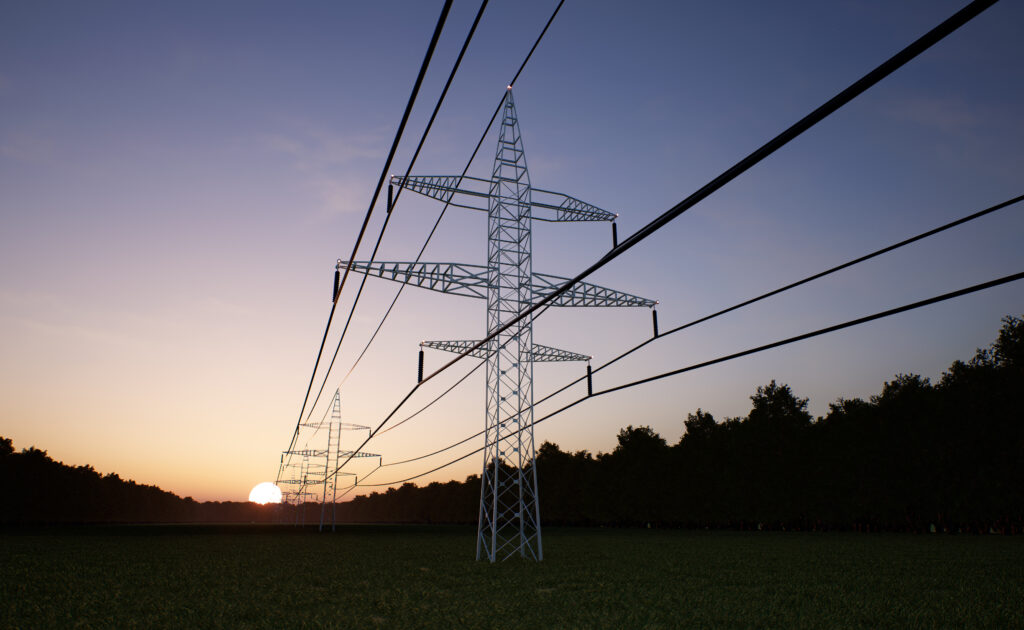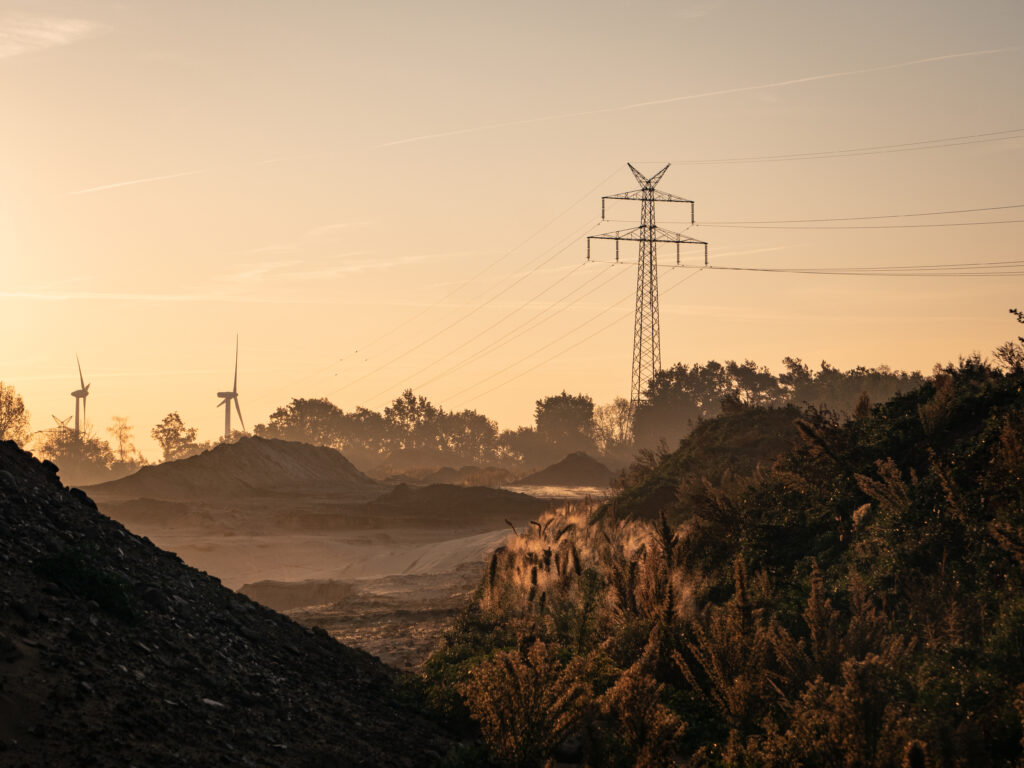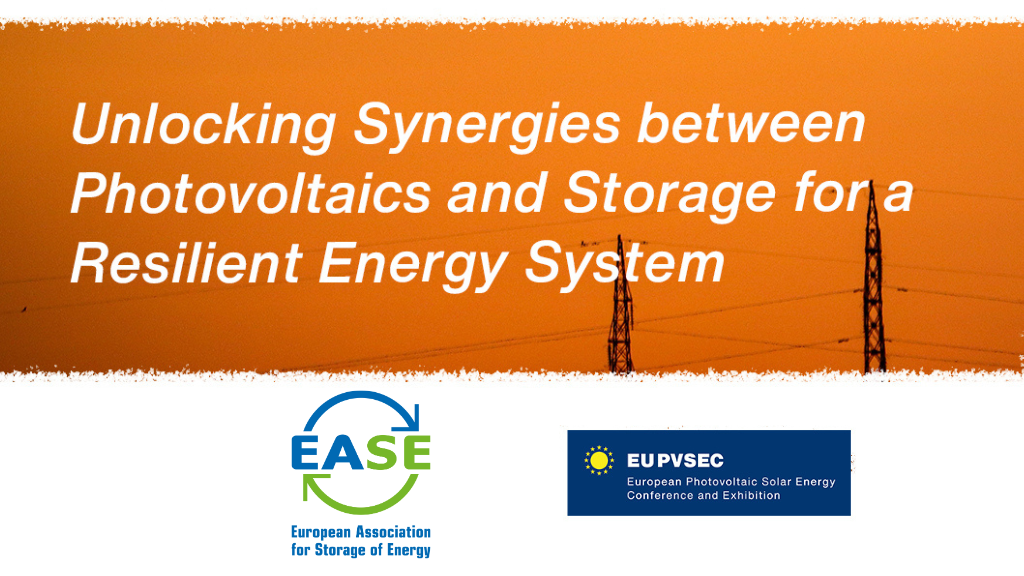31.03.2021 / News
Interview with David Post: Expectations and Projects of the new EASE President
On 18 November 2020, EASE General Assembly elected Mr David Post, Head of Energy Storage Solutions at Enel X, to serve as the new EASE President. Mr Post is an expert in business development for renewable, conventional energy, and energy storage projects and previously occupied the position of EASE Vice-President and served as Chair of the association’s Technology and Value Assessment Committee.
Mr Post, thank you for accepting this interview and congratulation for being elected to this prestigious position. Your presidency terms starts in a very challenging time. On one side 2020 was a significant year for energy storage policy. On the other, the COVID-19 crisis slowed the deployment figures originally expected for 2020. In your opinion, what role should energy storage play in the recovery from the COVID-19 crisis and what should the European Institutions do in the upcoming years to support the development of a sustainable and competitive industry in Europe?
I am honored that the EASE General Assembly elected me as the new EASE President, and I’d like to thank Eva Chamizo Llatas for having brought innovation and progress within the association during her presidency term, enabling EASE to experience a strong growth, and becoming a reference in the European energy storage business.
Indeed 2020 has been a very challenging year. Due to the pandemic, the most relevant focus for all of us has obviously been on the health, safety, and well-being of our loved ones and colleagues. That said, from an energy storage perspective it has been an interesting year.
Of course, the pandemic has led to delays in the deployment of projects, which were scheduled to enter into operation in 2020. However, when talking about energy storage we are usually talking about long-term investments, therefore, although a delay always poses a challenge, its impact thus far should be deemed “under control”.
Despite the pandemic, we have also seen important progress on the regulatory and stakeholder front. In Italy, Terna successfully completed a Fast Reserve tender, which attracted a large group of players interested in deploying energy storage systems, while in Spain the Ministry of Ecological Transition presented its Strategic Plan for Energy Storage. Also, Portugal held a tender where storage capacity could be paired to renewable projects, while Greece has started to develop a framework to enable the roll-out of energy storage projects. These are clear signals that at the national level we are starting to see more concrete steps on how energy storage can actively contribute to meet the targets set in the EU Clean Energy for All Europeans Package approved in 2018.
As such, we expect to see a very substantial growth of energy storage projects across Europe in the upcoming years, making storage a key element of our power networks and a key technology to support the energy transition. Storage optimises the use of electricity with a very short response, and as such it facilitates the accelerated roll-out of renewable capacity, which is crucial to ensure a progressive decarbonisation of the energy sector.
At EASE, we believe it’s important that the European Institutions take full advantage of the benefits that the various energy storage technologies can provide to stable, resilient, and sustainable networks.
You have been involved in the work of the association for many years as EASE Vice-President and Chair of the Technology and Value Assessment Committee. What are the main takeaways from this experience, and how do you think they will influence your presidency term?
As Vice-President and Chair of the Technology and Value Assessment Committee, I had the chance to see the development of different technologies and how each of these can contribute to the Clean Energy for All Europeans Package's objectives. Being able to exchange opinions with EASE members and industry leaders across the whole energy storage value chain has been, and still is, a privilege and a great learning opportunity.
Moreover, I could witness that things have changed quite a bit: A few years ago, energy storage was not more than an innovative idea, while today we have performance-tested technologies, different business models, and more specific regulatory support that facilitates a proper roll-out across Europe.
My goal is to continue to use my experience and enthusiasm to help EASE face new challenges and reach our objective to put storage on the European map.
What are your priorities as EASE President and how do you plan to support of the energy storage sector together with the EASE members.
Besides trying to continue to grow towards a solid membership base, with enough critical mass and diversity to make a difference, we want to provide our members dynamic interactions and updates on the latest market developments. This means, establishing an arm’s length discussion with the European Union authorities and pursue a harmonised regulatory framework that incentivises the roll-out of innovative storage solutions, which ensure a cost-effective transition to a resilient, climate-neutral and secure energy system.
Moreover, I hope we can increase our connections and relationships with peer energy storage associations at the regional, national, and international level to expand EASE activities and contributions.
In 2021 we celebrate the 10th anniversary of EASE. Since its creation EASE supports the creation of a policy and regulatory framework that allows energy storage to compete on a level playing field, and drives investments in energy storage research development, innovation, and deployments to develop a sustainable and competitive industry in Europe. In the past years we have witnessed a big leap forward for the storage sector, and energy storage is now recognised by policymakers and industry as a central element of the energy transition. Could you share with us your views on the main challenges that EASE will have to tackle in the upcoming years?
Our priority will be to make sure that EASE continues to play an important role in connecting members and stakeholders and supporting the enactment of rules and regulations that facilitate the deployment of energy storage through a proactive engagement with the key stakeholders.
Recently, we identified an agenda with key points we would like to discuss and address in the coming years, in the hope to further support the roll-out of energy storage. Facing the larger question of “how can EASE support storage to become a key element of our energy systems?”, we need to understand how storage can accelerate the objectives of the Clean Energy Package and what that means in terms of minimum energy storage requirements for 2030 and 2050.
We need promote a technology-neutral policy that comprehends all energy storage technologies, allowing also for the incorporation of applications like for instance vehicle-to-grid.
Thru the lens of an investor, we will need to understand what market-based tendering mechanisms provide the right market signals and such the proper remuneration for their energy storage project or services.
We will pursue a regulatory framework that properly recognises the specific benefits of energy storage to the energy systems and what that means in terms of network charges and de-rating. We will try to inform our members what funding is available energy storage R&D and innovation projects.
Last but least, we would like to collect our members’ best practices in terms of safety compliance protocols and see if we can define specific guidelines that ensure a safe development, construction, and operation of energy storage projects.
Thank you Mr David Post for your interview and for your involvement in the European Association for the Storage of Energy!




